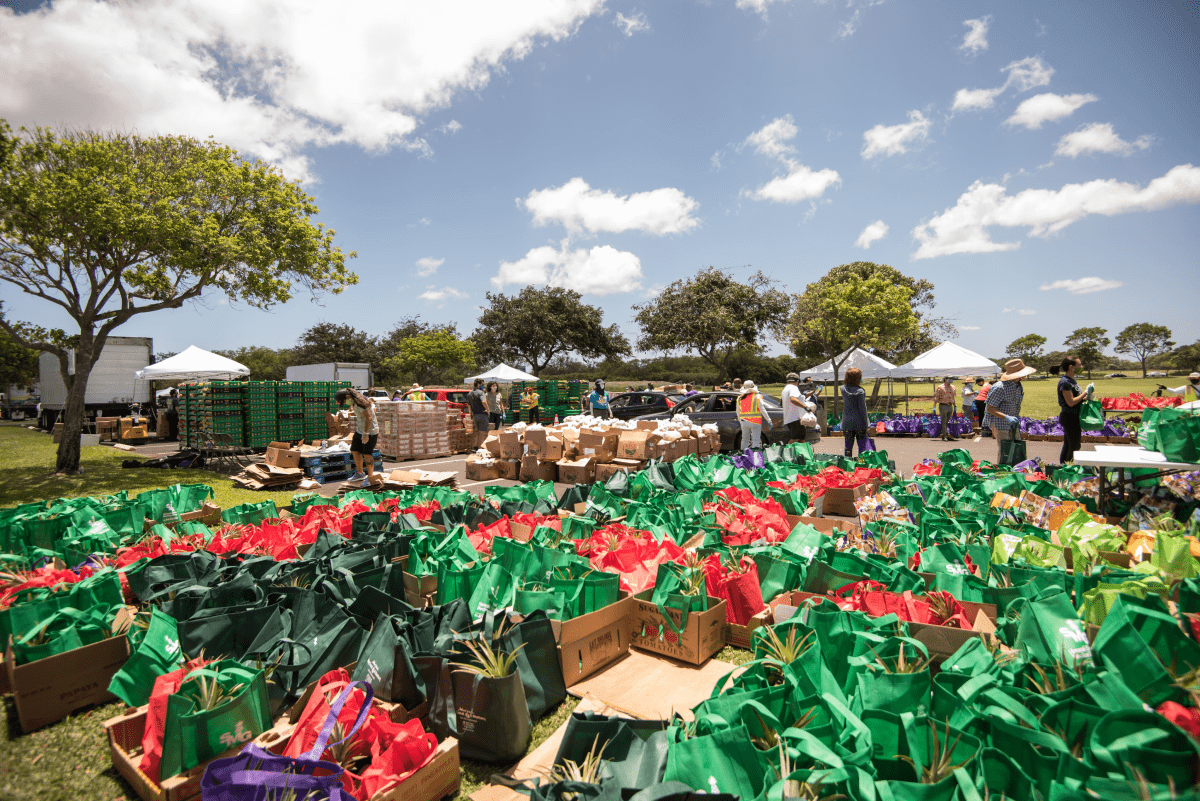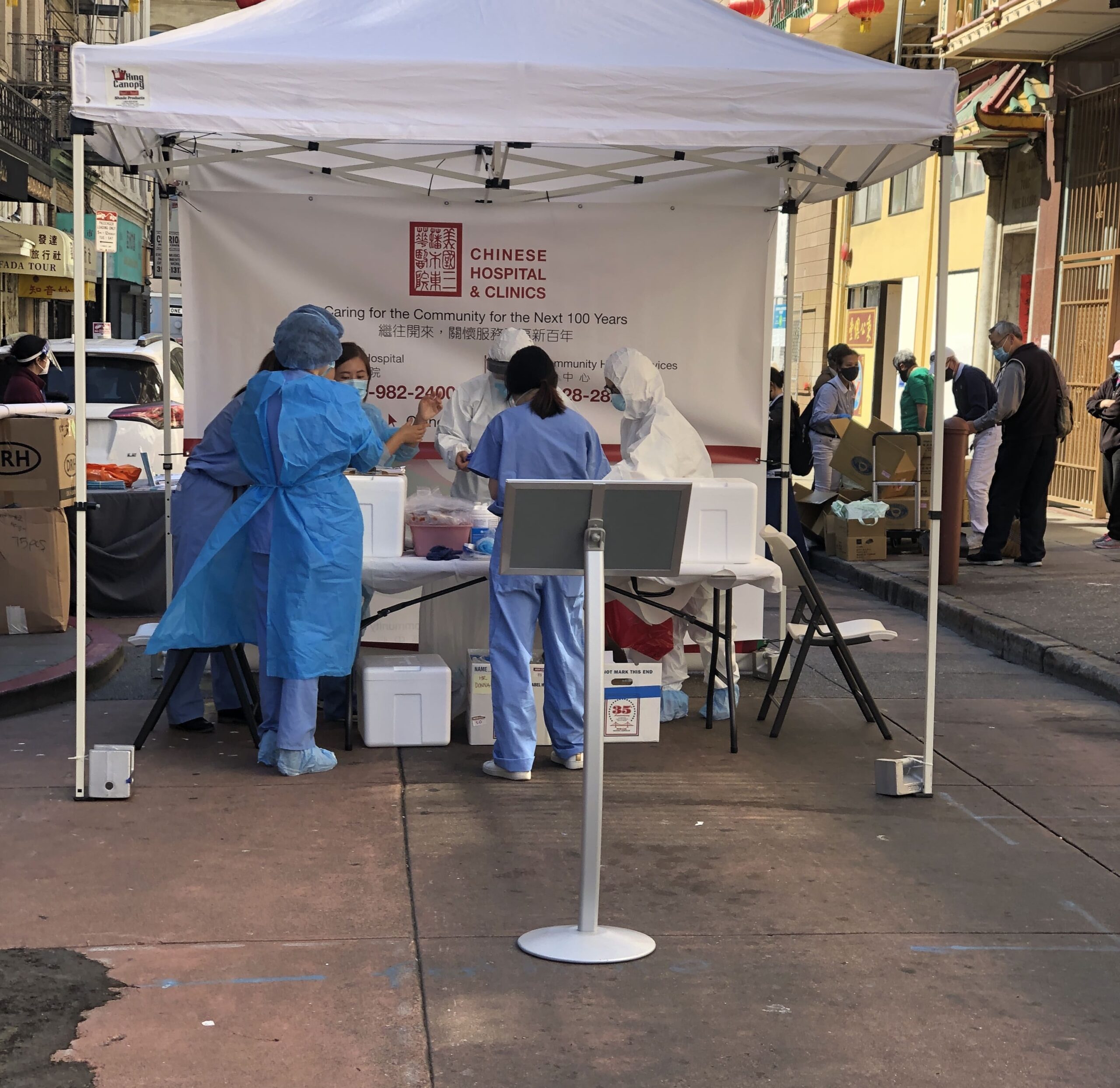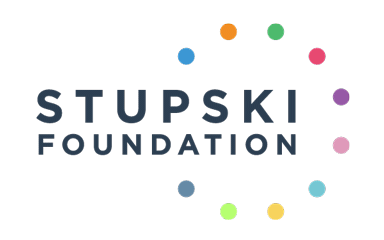Video update from CEO, Glen Galaich
July 15, 2020
When local officials first detected COVID-19 in our communities in the Bay Area and Hawaiʻi, I did not anticipate that we would face a second wave of the virus just four months later. Despite our local lawmakers’ preemptive moves to lock down our cities and flatten the curve, we will likely need to take further steps to respond to the current resurgence of COVID-19 and continue to meet the demands of this dual health and economic crisis. Our local leaders in health care, food security, and education will again need flexible funding to continue to respond to needs in their communities. To meet the ongoing challenges of this pandemic, philanthropy will need to step in, over and above what many of us are doing already.
If there is one thing to be grateful for as our communities brace for what will come next, we have experience to draw from this time. Following our initial grantmaking response to the pandemic, we took stock of what worked well and what we and our peers in philanthropy should be prepared to do if anything like this happened again. Two major actions emerged: Respond quickly, and listen to community-based organizations closest to the people you serve.
Respond quickly
Philanthropy is uniquely positioned to act quickly. The only barrier to doing so is ourselves.
For example, the day before all six Bay Area counties ordered a mandatory shelter in place, we spoke with leaders in San Francisco and Alameda Counties and our colleagues at the Hawaiʻi Community Foundation (HCF). No one knew when federal or state funding relief would arrive. In each conversation, these leaders expressed deep concern about whether incoming government aid would be enough to cover the expenses necessary to respond to the needs of communities that would face the most intense impacts of the pandemic. In listening to their priorities and concerns, we were motivated to leverage the flexibility we had as a spend down foundation to move money to these leaders immediately.
Within 24 hours, we made donations to San Francisco, Oakland, and the state of Hawai’i. Acting quickly paid off. Just a few weeks after we joined the Omidyar family in making the first donations to the Hawaiʻi Resilience Fund, HCF strategically leveraged our investment into millions of dollars to protect frontline workers, provide economic relief for families, and feed 300,000 people across the Hawaiʻian islands through the end of May.

As a spend down foundation, we have a mandate to invest all of our assets back into our communities by 2029. Because of this, we have a large portion of our endowment in cash, which put us in a flexible position to move money into the community quickly. Having more cash on hand enabled us to move funds swiftly, averaging a four-day approval rate for grant requests in the first month of the crisis. We relied on grantee partners to tell us where we could help, communicated clearly and thoughtfully internally, and streamlined decision-making. We realized the risk of acting quickly was low given the tremendous need. And the cost of not acting quickly enough would create dire consequences for the communities we call home, making recovery harder in the months and years to come.
The lesson we took away about the importance of responding quickly went well beyond merely being reactive. Rather, we learned the power of what can happen when funders act quickly, streamline their grantmaking process, provide flexible funding, and coordinate their response. These four steps will be critical in Stupski’s future grantmaking as we approach spending down. And I believe these steps will be imperative not only in philanthropy’s next wave of responsive grantmaking but in philanthropy’s role as community partners in the future.
Listen to community-based organizations closest to the people you seek to serve
As we continue to learn how disproportionately the virus impacts Black, brown, AAPI, and Indigenous people in our communities, we know that we have to work closely with community-based organizations to respond to the needs they hear directly from people in their neighborhoods. Dr. Tony Iton, senior vice president of the California Endowment, said it clearly in the LA Times: “If you ignore [Black and Latino] communities, then we’ll keep seeing the kinds of surges that we’re seeing now.” In the early days of the COVID-19 crisis, we knew we had to lean deeper into relationships with community-led organizations on the ground to understand what they wanted and needed from philanthropy.

In San Francisco, for example, local health officials worried that Chinatown would become a major hotspot for COVID-19. San Francisco’s Chinatown is the oldest Chinatown in the country, with nearly 1,000 bustling small businesses and a vibrant community of hundreds of Chinese-American families. It is also one of the nation’s most densely populated neighborhoods where thousands of residents live in single room occupancy (SRO) units with no access to a private bathroom or kitchen. The limited personal space makes it difficult for residents to follow social distancing recommendations. Knowing the likelihood that the virus could spread rapidly across the neighborhood, Stupski’s Director of Health Dan Tuttle and Director of Food Security Elvin Padilla Jr. contacted community leaders to ask them what resources they needed to keep residents healthy and local businesses financially stable. Dr. Jian Zhang of Chinese Hospital requested funds to keep health care services running through a pop-up mobile clinic that would provide medical care for the 2,000 older adults living in SROs in the area. Malcolm Yeung, executive director of the Chinatown Community Development Center (CCDC), asked for funds to launch an innovative free meal program, Feed + Fuel Chinatown, that would produce up to 1,600 meals a day to keep residents fed during the pandemic and restaurants in business. The leadership from the Chinese Hospital and CCDC saved lives and kept the economy running in Chinatown. Thanks to these community leaders’ guidance, we were able to provide direct support to our community in the ways that would work best for people living there before it was too late.
We learned that community-based organizations have the infrastructure and the social networks to both anticipate what their communities need and reach the people most impacted by this crisis. While investing in large institutions is important to reach as many people as possible, these community leaders were the critical partners in addressing gaps that otherwise would’ve left room for the virus to spread and the economic impacts to worsen. All we had to do was follow their lead to see the results. Without them, we would have failed to invest in a big opportunity for impact.
The first two months of the COVID-19 crisis reinforced and deepened these significant lessons for us. First, act quickly. Second, when you do, follow community leaders. They have the answers and the networks needed to achieve what communities want and need.
Which grantmaking practices from this period have made the biggest difference in your communities? Which ones do you plan to implement to respond to the current wave of COVID-19, and which ones will you take forward in your work long term? Share with me on LinkedIn and on Twitter @StupskiFDN.

